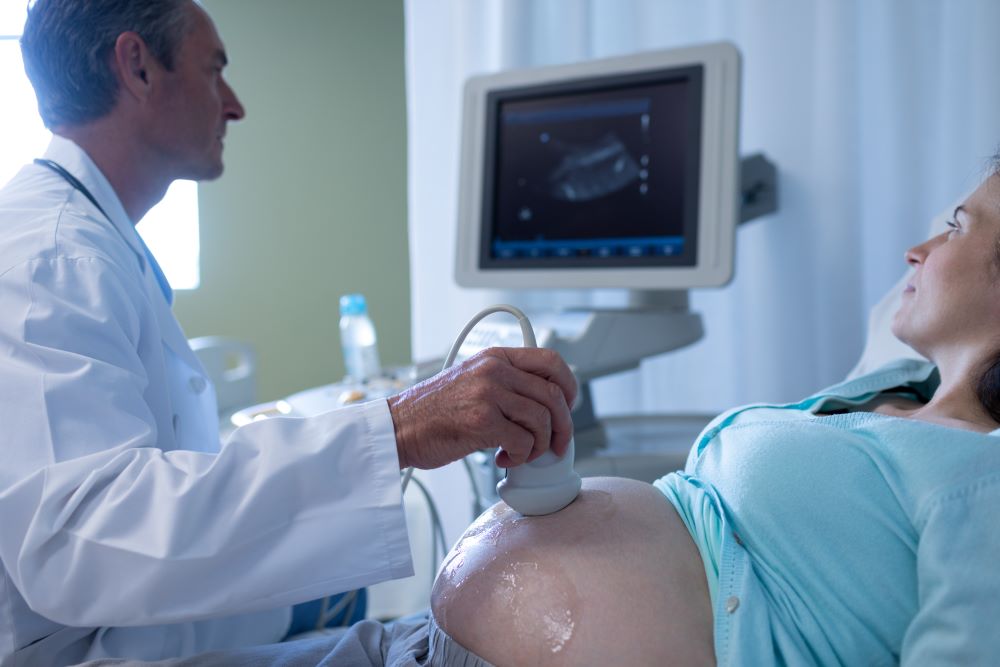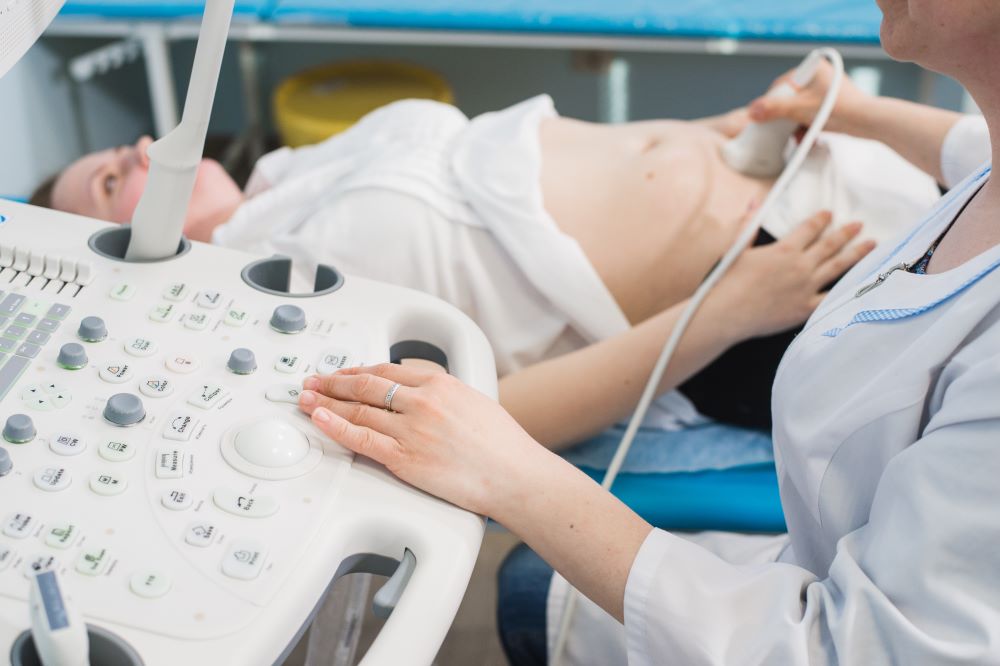Last Updated on November 18, 2024 by Michelle Wan
Fetal monitoring is a critical aspect of ensuring the safety and well-being of both mother and baby throughout the delivery process. In this guide, we will explain the importance of monitoring, the different types of fetal monitoring, and how these methods can impact the outcome of labour. Whether you’re a parent-to-be or simply interested in the subject, this article provides a comprehensive overview of what happens during fetal monitoring and why it matters.
Fetal monitoring during labour is essential because it allows healthcare professionals to closely observe the baby’s heart rate and assess how well the baby is coping with labor. This information is crucial for detecting any signs of distress, such as fetal hypoxia or abnormal fetal heart rate patterns, that may indicate a need for intervention. By monitoring the baby’s heart rate throughout labor, medical professionals can take immediate action if the baby is not getting enough oxygen or if there are other complications.
What Is Fetal Monitoring
The heart rate is a good indicator of how well the baby is coping with labour and the stress of contractions. Healthcare providers use this information to assess the baby’s well-being and decide whether any interventions are necessary.
The importance of fetal monitoring lies in its ability to detect abnormal fetal heart rate patterns, which may indicate that the baby is in distress. By keeping track of the baby’s heart rate during labor, medical staff can quickly respond to changes and prevent complications, ensuring smoother labour and delivery.

How Fetal Monitoring During Labour Works
There are two main types of fetal monitoring: external and internal. External fetal monitoring is done by placing sensors on the mother’s abdomen to measure the baby’s heart rate and the frequency of uterine contractions. Internal monitoring, on the other hand, involves attaching a fetal scalp electrode directly to the baby’s scalp to get a more accurate reading of the heart rate. This method is often used in high-risk pregnancies or when external monitoring isn’t providing clear results.
Both types of monitoring are crucial for keeping an eye on the baby’s health throughout labor, ensuring that any potential problems are identified and addressed promptly.
Requirements For Fetal Heart Rate Monitoring
Fetal heart rate monitoring is commonly used during labor to ensure that the baby is coping well with the stress of labour. But when exactly might it be necessary?
Monitoring is typically recommended if there are any concerns about the baby’s health or if the mother is experiencing a high-risk pregnancy. Some situations where fetal monitoring may be used include:
- Maternal conditions such as high blood pressure or diabetes.
- Multiple pregnancies (twins or more).
- Premature labor or other complications in the pregnancy.
- Abnormal fetal heart rate during routine checks.

What Happens During Fetal Heart Rate Monitoring
During labor, healthcare providers will use either electronic fetal monitoring or a Doppler device to listen to your baby’s heart rate. Electronic fetal monitoring is a common method that continuously tracks both the baby’s heart rate and uterine contractions, giving a clear picture of how the baby is handling the labor process.
In some cases, fetal blood sampling may be done during labor to assess the baby’s oxygen levels and ensure they are not in distress. This test involves taking a small sample of blood from the baby’s scalp and is typically used when there are concerns about the baby’s well-being.
Preparation for Fetal Monitoring
If you’re preparing for labor, it’s helpful to understand the different types of monitoring that might be used and why. During your prenatal visits, discuss with your healthcare provider how they plan to monitor your baby during labor and what options are available.

If you’re at risk for complications or expecting a high-risk pregnancy, your doctor may recommend continuous electronic fetal monitoring to ensure the baby’s safety throughout labor.
Monitoring Your Baby’s Heart Rate
When it comes to monitoring your baby’s heart rate, expect regular checks throughout labor. If you’re using intermittent monitoring, the baby’s heart rate will be checked every 15 minutes during active labor and every 5 minutes during the pushing stage. For continuous monitoring, sensors will be placed on your abdomen to track the baby’s heart rate and contractions continuously.
Risks of Fetal Monitoring
While fetal monitoring is essential for many deliveries, it’s important to be aware of the potential risks associated with certain types of monitoring, particularly internal fetal heart rate monitoring. This method involves placing a small electrode on the baby’s scalp, which carries a slight risk of infection or injury to the baby’s scalp.
Additionally, it may limit the mother’s mobility during labour and increase the likelihood of interventions such as cesarean sections. However, the benefits of monitoring often outweigh these risks, especially in high-risk pregnancies where continuous monitoring can help prevent complications.

What Happens After Fetal Monitoring
Once your baby is delivered, the need for fetal monitoring ends. However, if there were any concerns during labor—such as signs of fetal distress—your medical team will closely assess the baby’s health right after birth. This may involve additional testing or monitoring to ensure that the baby is doing well post-delivery.
In most cases, if fetal monitoring shows no issues during labor, your baby will be in good health and ready to start their life outside the womb without further complications.
Impacts Of Fetal Monitoring Labor
If monitoring shows that the baby is not coping well with labor, doctors may recommend certain actions, such as changing your position, increasing oxygen intake, or, in more serious cases, delivering the baby via cesarean section.

However, if everything looks good on the monitor and the baby is responding well to contractions, labor will typically proceed without the need for intervention, leading to a successful delivery.
Monitoring May Be Used For A Safe Delivery
Fetal monitoring is an invaluable tool for ensuring that your baby is safe and healthy throughout the delivery process. Whether you need internal monitoring, electronic fetal monitoring, or simple intermittent checks, the goal is to assess the baby’s heart rate and ensure that they are responding well to the stress of labor.
By understanding the process and being informed, you can feel confident that fetal monitoring during labor will contribute to a safe and healthy delivery for both you and your baby.




